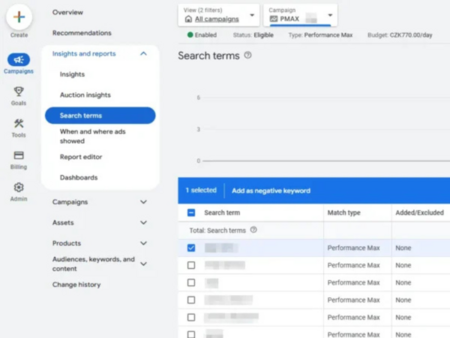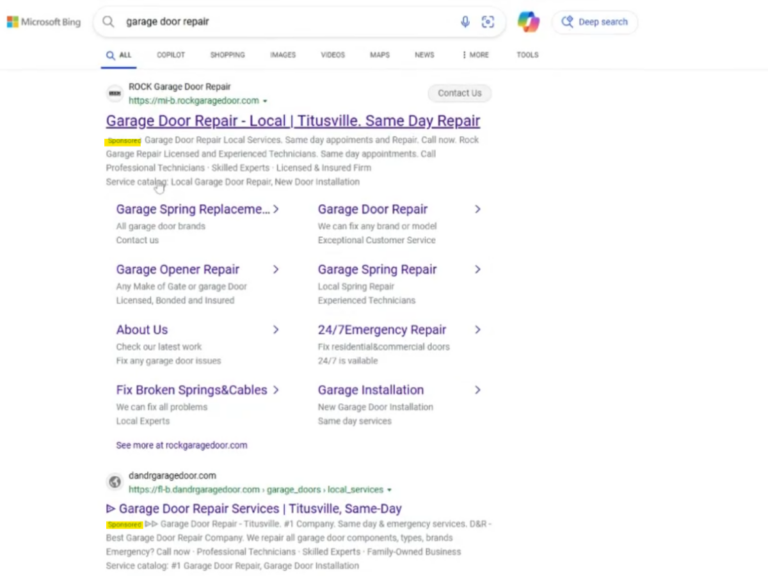A consumer-driven boycott is picking up steam, taking aim at Amazon, Walmart, Target, and other major retailers. Led by The People’s Union USA and its founder “TheOneCalledJai,” the movement is pushing for an economic blackout on February 28, followed by a week-long boycott of Amazon from March 7-14.
The protest stems from companies scaling back Diversity, Equity, and Inclusion (DEI) efforts, which has sparked backlash from consumers who see it as a step in the wrong direction. While it’s unclear how much real financial damage these blackouts will cause, brands and advertisers should expect at least some disruption—whether it’s a temporary drop in sales, increased ad competition, or shifts in consumer sentiment.
Via USA Today
What’s Happening?
A consumer-led movement is set to disrupt shopping patterns on February 28, with a week-long Amazon boycott planned for March 7-14. These blackouts are aimed at pressuring companies that have rolled back DEI initiatives, and while it’s unclear how much impact they’ll have on overall sales, ad performance is definitely going to feel it.
With fewer people shopping during these periods, competition for the remaining traffic could spike, driving higher CPCs as brands fight for a smaller pool of buyers. Conversion rates may dip, not because demand is gone, but because some consumers are just holding off on purchases until after the boycott ends.
On top of that, a 40-day Target boycott kicking off March 3 could shake things up even more. If fewer people are actively buying, some brands might see lower efficiency, while others could find opportunities to grab market share. Keeping a close eye on performance will be critical—the key isn’t just reacting to the drop but knowing when and where to push spend once things start bouncing back.
How It Affects You
While it’s hard to predict the full impact of these blackouts, advertisers should be aware of a few key risks:
- Sales Could Dip on Blackout Days: If enough consumers participate, brands may see a noticeable decline in sales on February 28 and during the Amazon-specific boycott in March. While the impact may not be massive, even a temporary drop can skew revenue trends and ad performance metrics.
- CPCs May Rise: If traffic drops and fewer people are shopping, competition for the remaining audience could heat up. Brands that keep spending normally may find themselves paying more per click just to maintain visibility.
- Year-Over-Year Comparisons May Get Messy: February is already a shorter month than last year (2024 was a leap year), and adding a boycott on top of that could make YoY comparisons look worse than they really are.
While these protests might not cause a long-term shift in consumer spending, they could create short-term volatility that brands need to plan for.
Next Steps
While a single day (or week) of reduced spending won’t make or break most businesses, it’s still important to be proactive and make data-driven decisions during these periods. Advertisers should stay nimble with their budgets and look for opportunities to either push or pull back spend depending on how the blackout unfolds.
- Monitor Performance in Real-Time:
- Keep a close eye on sales and traffic throughout the day to spot any trends early. If things dip, don’t panic—look at post-blackout data to see if sales rebound.
- Don’t Overreact to One Bad Day:
- Attribution delays are real. Many consumers might postpone purchases rather than cancel them entirely, so conversions could trickle in later.
- Be Flexible with Ad Spend:
- If your returns are strong leading up to the blackout, consider increasing spend early to capture demand before consumers pause shopping.
- During the blackout period, be ready to scale back if efficiency tanks—but also watch for competitors pulling out. Less competition could create opportunities to grab market share.
- Amazon Sellers Should Watch Early Indicators:
- If Amazon sales start softening in the days leading up to the March 7-14 blackout, consider shifting budgets forward or allocating more to alternative channels.
These boycotts may or may not have a lasting impact, but businesses that plan ahead will be in the best position to adapt. Expect short-term volatility in sales and ad performance, but don’t make knee-jerk decisions based on one day of data.
Want to make sure your ad strategy stays on track? Let’s talk. We can help you navigate these blackouts, optimize your budget, and make sure you’re not caught off guard when consumer behavior shifts.





no replies